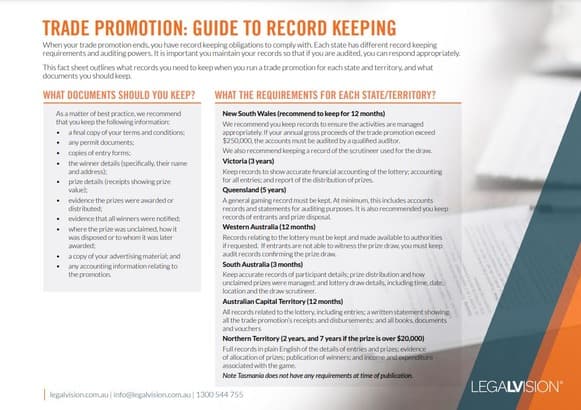A trade mark is a type of intellectual property (IP) protection that restricts the ability of competitors to use your brand without your permission. If you manufacture goods internationally, you may wonder to what extent your business has international trade mark protection. This article considers the benefits of trade mark registration if you manufacture goods overseas.
International Trade Marks
By operating internationally, you should consider trade mark registration if you manufacture goods overseas. There are several advantages of doing so, including:
- ensuring you are not infringing on someone else’s trade mark when manufacturing overseas;
- preventing other businesses from using a trade mark the same or similar to yours; and
- broadening your business opportunities by giving you entry to an overseas market.
However, registering your trade mark overseas can be expensive and confusing, particularly since trade mark requirements vary from country to country.
Do I Need to Register My Trade Mark Overseas if My Goods Are Made There?
Generally speaking, it is important to protect your trade mark overseas if your business operates internationally. The need for trade mark registration in countries where you manufacture your goods may not be a priority if you are not actually selling your goods there. However, if you manufacture your goods overseas, particularly in China, you should consider trade mark registration.
Unfortunately, IP Australia has indicated that manufacturers in China have sometimes misused the IP of foreign companies. For instance, competitors may register your trade mark under their own name. In turn, this would prevent you from registering your trade mark accordingly because China is a ‘first to file’ country.

This fact sheet outlines what records you need to keep when you run a trade promotion for each state and territory, and what documents you should keep.
Minimising Risk
One way that you can prevent your trade mark from being misused during the manufacturing process is by having a thorough manufacturing agreement in place. A well-drafted manufacturing agreement will help protect your IP and provide you with remedies if this agreement is breached.
However, for the most robust protection, Australian companies manufacturing in China should register a trade mark in China and any other destination export market.
Similarly, you should also ensure you conduct due diligence on potential manufacturers. This might include reviewing their:
- business licenses;
- legal representatives;
- corporate structure;
- and commercial reputation.
Importantly, you should search to find out if they have a history of IP infringement. Likewise, you should determine if they have been subject to any administrative penalties.
How To Register International Trade Marks
There are two ways you can register your trade mark overseas. You can register your trade mark internationally by either:
- applying directly to a country’s IP office; or
- applying through the World Intellectual Property Organization (WIPO) under the Madrid Protocol.
If you intend on registering your trade mark in multiple countries, the Madrid Protocol might be a suitable option. This method allows you to register your trade mark in multiple countries with one application, which streamlines the process and makes it more cost-effective.
One excellent benefit of international trade mark registration via the Madrid Protocol is the ability to add contracting parties to your application later without making an entirely new trade mark application. This is an excellent option for businesses considering expanding their business in the future. It is also useful if you later change your manufacturing destination.

This fact sheet outlines what records you need to keep when you run a trade promotion for each state and territory, and what documents you should keep.
Key Takeaways
You may need to consider trade mark registration if you manufacture goods overseas. If you manufacture your trade mark overseas, you:
- should consider registering your trade marks in countries that are ‘first to file’, such as China;
- should conduct due diligence with respect to your manufacturers and business partners; and
- have a well-drafted manufacturing agreement that will protect your IP.
If you need assistance registering an international trade mark for your business, our experienced trade mark lawyers can assist as part of our LegalVision membership. For a low monthly fee, you will have unlimited access to lawyers to answer your questions and draft and review your documents. Call us today on 1300 544 755 or visit our membership page.
Frequently Asked Questions
International trade mark registration is most suited to those who are selling or promoting their goods overseas. If you manufacture your goods overseas, you should consider registering your trade mark in countries that are ‘first to file’ as a priority, such as China. You should also conduct due diligence with respect to your manufacturers and business partners and have a well-drafted manufacturing agreement that will protect your IP.
You can register your trade mark overseas by either applying directly to a country’s IP office or the World Intellectual Property Organization (WIPO) using the Madrid Protocol. This international treaty allows you to protect your trade mark in multiple countries through a single application.
We appreciate your feedback – your submission has been successfully received.











